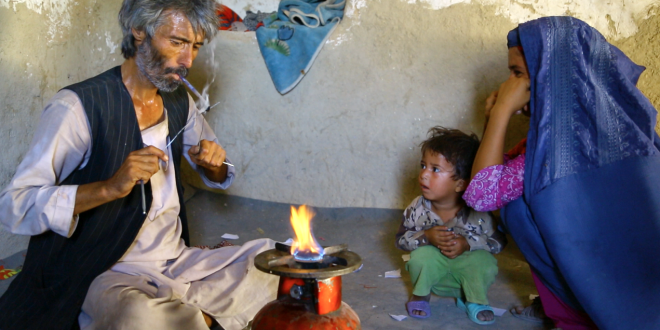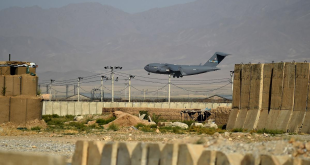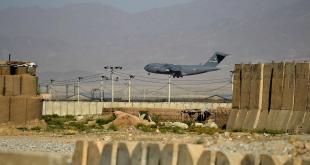AT News
KABUL: A recent UN report has shed light on the growing drug crisis in Afghanistan, revealing that nearly ten percent of Afghan adults are drug users. Afghanistan, known as one of the largest producers of heroin and methamphetamine worldwide, is estimated to have approximately 4 million drug users, according to the UN findings.
The severity of the crisis has put immense pressure on the country’s already overwhelmed drug treatment and rehabilitation centers. Since the Taliban assumed power in 2021, international funding for these facilities has drastically diminished, leaving the centers understaffed and ill-equipped to handle the rehabilitation process.
Furthermore, the scarcity of food and inadequate nutrition exacerbate the challenges faced by recovering addicts. Desperately empty pharmacy cabinets make it difficult for patients to receive the necessary medications for their detoxification process.
Under the new Taliban regime, individuals, many of whom are malnourished and homeless, are being “motivated” to live in rehab centers voluntarily after being brought in by outreach teams. However, the dire living conditions, compounded by extreme weather conditions in the region, make life unbearable for those living on the streets, enduring bitterly cold winters and scorching hot summers.
Afghanistan holds the title of the world’s largest supplier of opium, responsible for about 80 percent of the global market. Consequently, drug abuse is rampant throughout the country, exacerbating the already dire situation.
Asita Mittal, the Central Asia Regional Representative, highlighted the significant role of accurate data in shaping policies and practices to address the drug crisis. The UNODC (United Nations Office on Drugs and Crime) emphasized the importance of maintaining neutrality and providing verifiable data to inform effective interventions.
While the potential reduction in illicit opium cultivation in Afghanistan this year could have global benefits, it comes at a high cost for farmers who have no alternative means of generating income. The challenge lies in finding sustainable solutions that address both the drug crisis and the economic livelihoods of these farmers.
The situation calls for urgent attention from the international community, with increased support and resources necessary to combat drug abuse and provide adequate treatment and rehabilitation for the affected population. Without prompt intervention, the drug crisis in Afghanistan will continue to worsen, exacerbating the suffering of millions of individuals and perpetuating the cycle of addiction and despair.
 Afghanistan Times
Afghanistan Times




